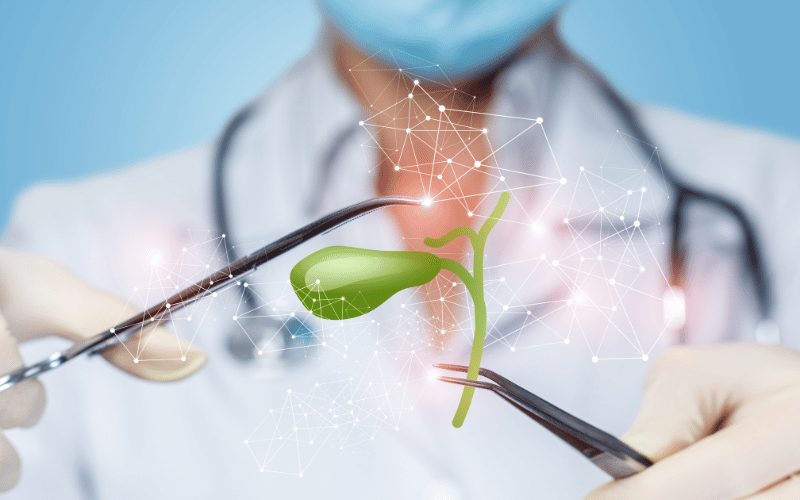Introduction: Demystifying Mirizzi’s Syndrome
Understanding Mirizzi’s Syndrome requires peeling back layers of complexity to uncover the symptoms that define this rare gallbladder condition. Originating from gallstones causing a blockage in the bile duct, this syndrome presents a range of symptoms that mimic other gallbladder issues, making it a true medical chameleon. It’s a condition that doesn’t play by the usual rules, and that’s precisely why a detailed exploration of its symptoms is not just beneficial, but essential.

The journey to understanding Mirizzi’s Syndrome begins with recognizing the subtle and not-so-subtle signs that it leaves in its wake. From the unmistakable yellowing of the skin and eyes in jaundice to the more discreet signs like clay-colored stools, each symptom is a piece of the puzzle, providing valuable clues to unraveling the mystery of this condition.
As we dive into the heart of this topic, it’s crucial to approach Mirizzi’s Syndrome with a keen sense of awareness and an eagerness to understand the intricacies of its symptoms. This is not a condition that reveals its secrets easily, but with a thorough exploration and careful analysis, we can begin to comprehend the full scope of its impact, guiding those affected towards timely diagnosis and effective management.
In this extensive exploration, we aim to not just list the symptoms, but to provide context, explanations, and insights that bring clarity to the often-confusing world of Mirizzi’s Syndrome. This is a journey of discovery, a path to understanding, and a step towards demystifying a condition that has baffled the medical world for years.
Symptom 1: Jaundice – The Yellow Warning Sign

Jaundice stands out as one of the most noticeable and alarming symptoms of Mirizzi’s Syndrome. This condition arises when a buildup of bilirubin, a yellow pigment formed by the breakdown of red blood cells, saturates the bloodstream. The skin and whites of the eyes take on a vivid yellow tint, a visual alarm bell that something is amiss within the body’s complex systems. It’s a symptom that you can’t ignore, and it speaks volumes about the state of the gallbladder and liver.
When the bile duct is obstructed due to gallstones, which is characteristic of Mirizzi’s Syndrome, bile containing bilirubin can’t make its usual journey to the small intestine. Instead, it accumulates in the bloodstream, leading to this discoloration. The intensity of the yellowing can vary, providing insight into the severity of the condition. It’s a symptom that demands immediate attention, acting as a beacon for medical professionals to delve deeper into the gallbladder’s function.
Yet, jaundice is more than just a change in skin tone; it’s often accompanied by other symptoms like abdominal pain and dark urine, creating a constellation of signs that guide the diagnosis. It’s a physical manifestation of the body’s struggle to process and eliminate bilirubin, and it speaks to the interconnected nature of our bodily systems. When one part struggles, the effects ripple outward, visible for all to see.
Jaundice serves as a crucial puzzle piece in the complex diagnostic process of Mirizzi’s Syndrome. Its visibility provides a tangible sign of the internal turmoil, making it an invaluable tool for medical professionals. While it’s a symptom that can instill fear and uncertainty, it’s also a beacon that guides the way towards understanding and addressing the root cause of the problem.
In the end, jaundice is more than just a symptom; it’s a signal, a call to action, and a visible manifestation of the body’s resilience and ability to communicate when something is wrong. It stands as a testament to the intricate balance within, and the body’s unwavering commitment to signaling for help when it’s needed most. (1)